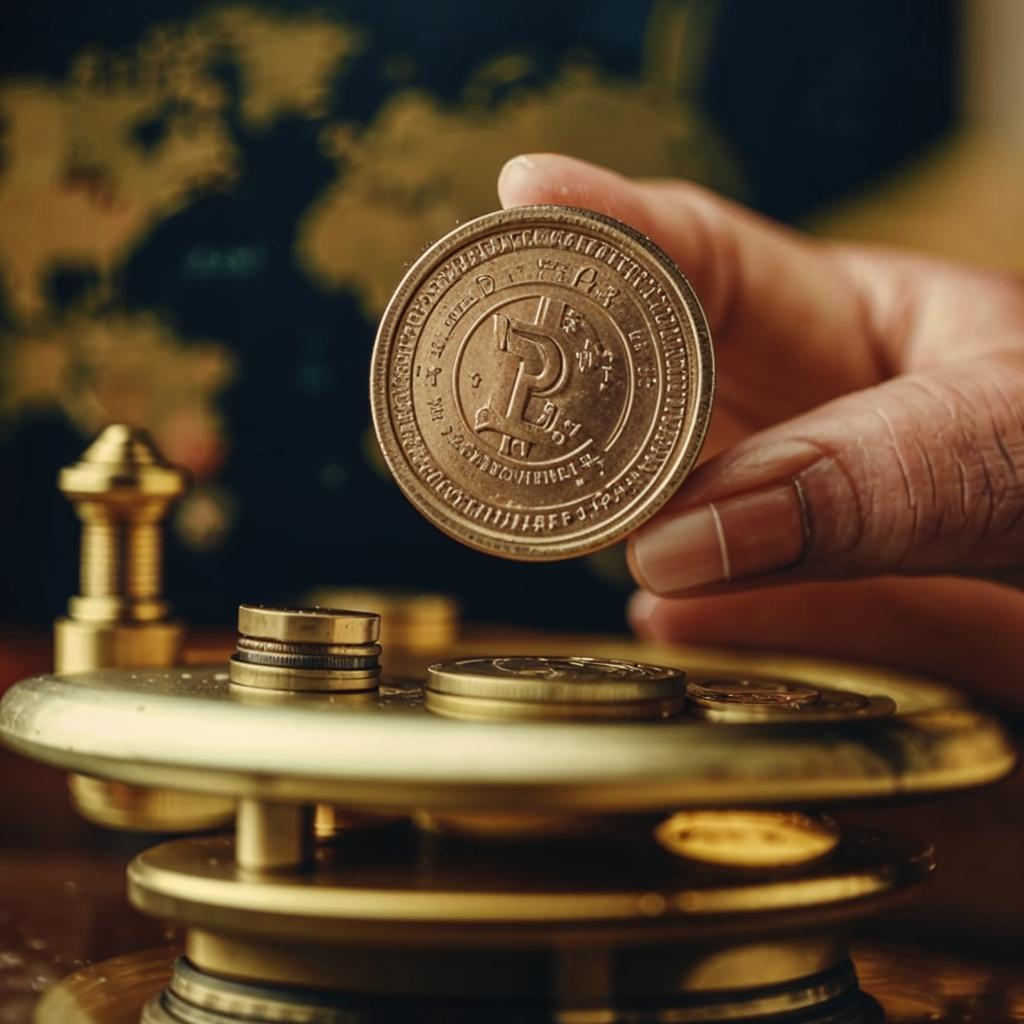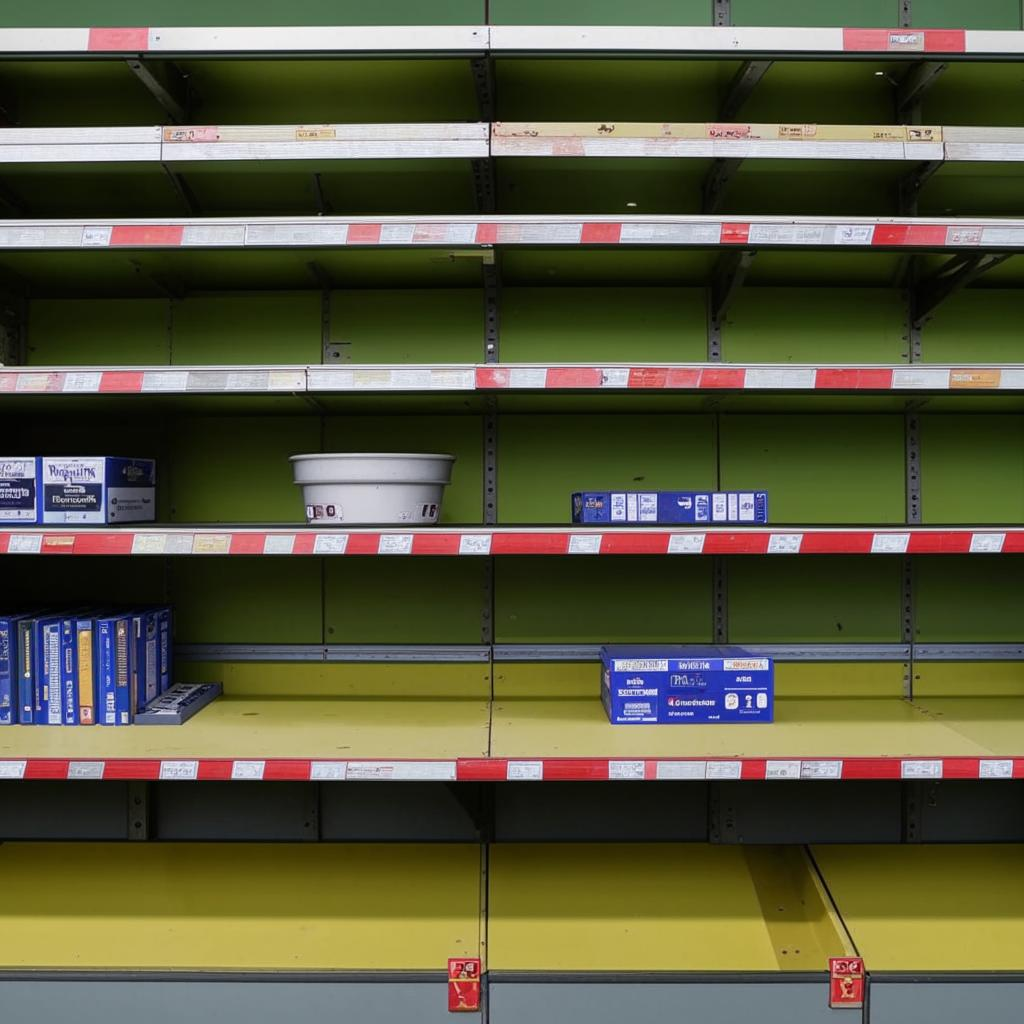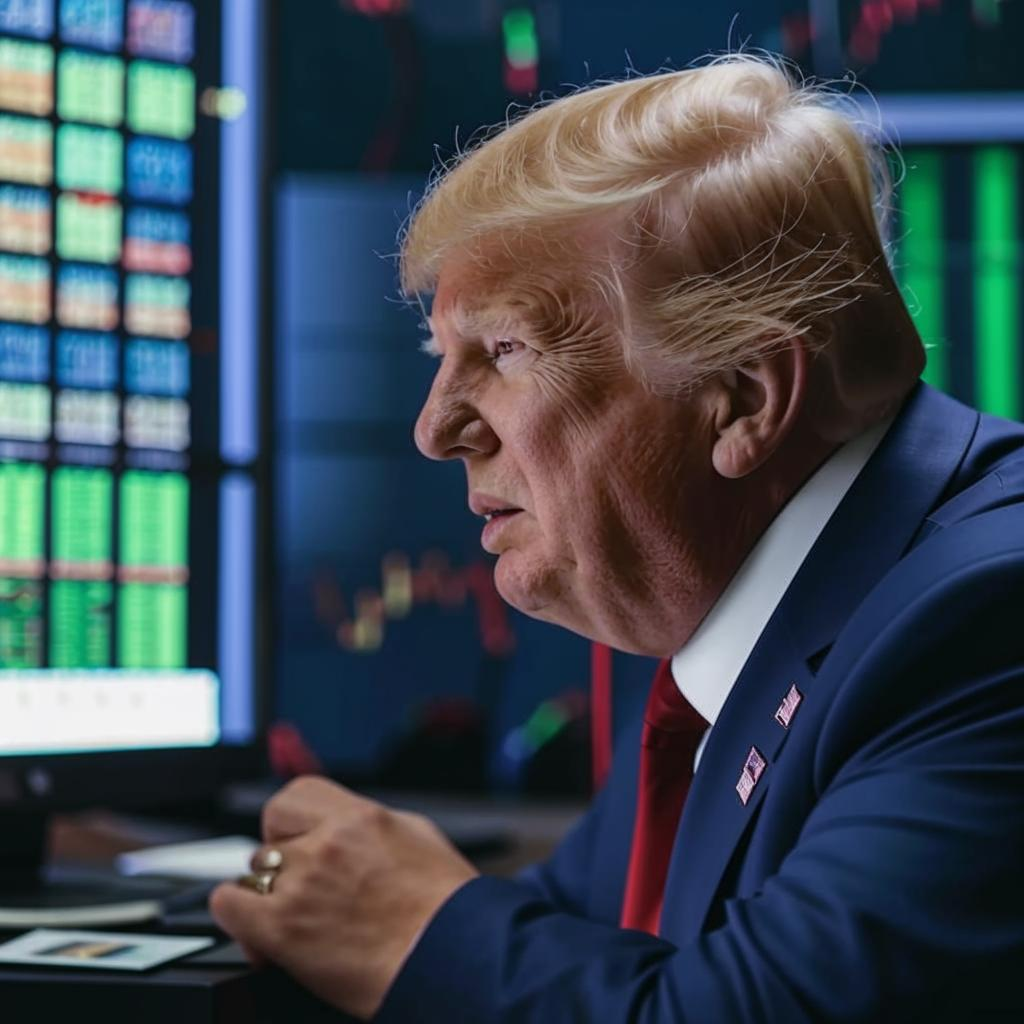Gold’s allure as a safe-haven asset has intensified amid economic uncertainty. Investors are currently weighing whether to buy, sell, or hold their gold positions. Several factors influence this decision.
Inflation remains a primary driver. Gold often acts as a hedge against inflation, preserving wealth when the purchasing power of currencies declines. However, rising interest rates, designed to combat inflation, can diminish gold’s appeal as higher rates increase the attractiveness of interest-bearing investments like bonds.
Geopolitical risks also play a significant role. Escalating tensions, trade wars, and political instability tend to boost gold prices as investors seek refuge in its perceived stability. Conversely, periods of relative calm can reduce demand for gold.
Economic growth is another key consideration. A robust economy typically supports higher interest rates and reduced inflation fears, potentially weakening gold’s performance. Conversely, economic slowdowns or recessions often trigger increased investment in gold.
Expert opinions vary. Some analysts advocate for holding existing gold positions, citing ongoing inflationary pressures and geopolitical risks. Others suggest a cautious approach, advising investors to allocate only a small portion of their portfolio to gold. A few recommend selling, arguing that rising interest rates and a potentially strengthening dollar could weigh on gold prices.
Ultimately, the decision to buy, sell, or hold gold depends on an individual’s risk tolerance, investment goals, and outlook on the global economy. Diversification remains crucial. It’s best to consult with a financial advisor before making any investment decisions. Gold, while potentially valuable, shouldn’t be the sole component of any portfolio. The current investment climate warrants careful consideration before acting.











